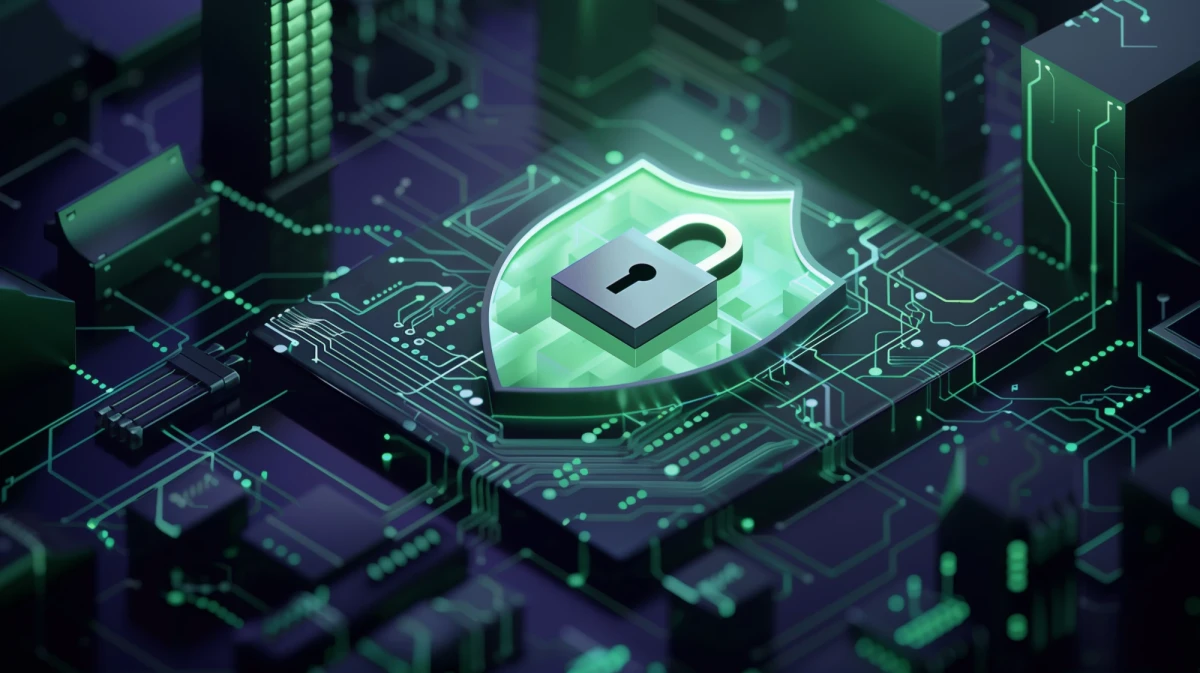Recognize and close security gaps: Putting your IT security to the test
Many companies struggle with inadequate security in their IT systems. Without a comprehensive security concept, vulnerabilities arise that cyber criminals can exploit. A zero-trust model offers an effective solution to minimize these risks and strengthen your IT security.
The zero-trust architecture is based on the principle of “trust no one, check everything”. In a Zero Trust model, every device and every user is continuously checked, regardless of whether they are inside or outside the company network. This method minimizes the risk of security breaches and ensures the highest level of security.
Zero Trust: rethinking security
Zero Trust is a security approach that assumes that neither users nor devices - regardless of whether they are inside or outside the company network - are automatically trustworthy. It relies on continuous verification and authentication and offers comprehensive protection against complex cyber threats.
The basic principles of Zero Trust
- Explicit verification: Every access is actively checked - regardless of whether the user is acting inside or outside the network.
- Principle of minimum rights assignment (least privilege): Users, devices and applications only receive exactly the access rights they really need - no more.
- Assumption of a security incident (Assume Breach): It is assumed that an attack can take place at any time - therefore every activity is monitored and an immediate response is made if necessary.
The advantages of Zero Trust
Zero Trust helps companies to proactively protect their IT infrastructure. The advantages at a glance:
- Less security risks: Constant verification and minimal rights reduce the risk of data leaks and unauthorized access.
- Protection against insider threats: Even internal users only get access to what they really need.
- More transparency: Central monitoring and logging enable anomalies to be detected quickly.
- Compliance support: Helps to implement legal requirements such as the EU NIS2 directive.
- Reduced business risk: Less economic damage, downtime and liability risks thanks to better IT security and resilience.
5-phase model for the implementation of Zero Trust
The SPIRIT/21 security team provides companies with holistic support on the path to Zero Trust architecture - from inventory to secure operation.
Challenges when introducing Zero Trust
The implementation of Zero Trust is demanding and requires specialist knowledge and a structured approach. IT service providers can provide valuable support.
- Technical complexity: Existing systems must be carefully adapted.
- Staff training: All users must understand and apply the principles.
- Balance between security and user-friendliness: Protective measures must not compromise usability and productivity.
Modular assessment program for Zero Trust
The basic assessment is the first step on the way to a zero trust strategy and provides:
- Security analysis: Assessment of the current status of identities, end devices, applications, infrastructure, data and network.
- Recommended concrete measures for the introduction of Zero Trust.
- Presentation of results in a clearly structured format for further decision-making.
Building on the basic assessment, additional modules for Data & Identities, Server & Cloud, Network, Endpoints and Applications can be booked as required. They offer:
- In-depth analysis of specific areas in the context of Zero Trust.
- Technical deep dives on risks and challenges.
- Prioritized action planning including realistic effort and cost estimates.
- Support with the implementation of initial quick wins.
Conclusion
Zero Trust is far more than just a trend - it is an indispensable further development of modern IT security strategies. In the face of growing threats and complex IT structures, the approach offers effective protection for company assets and at the same time supports the requirements of flexible, digital working environments.
Learn more

The Security Operations Center takes care of your IT security, detects cyber attacks and initiates countermeasures.

Effective protection against cyberattacks and data loss for your company with modern network security.

Optimum network security with modern firewall technology

“Modern threats require new security concepts. The Zero Trust model ensures that every access is consistently checked, reducing attack surfaces and optimizing security.”
